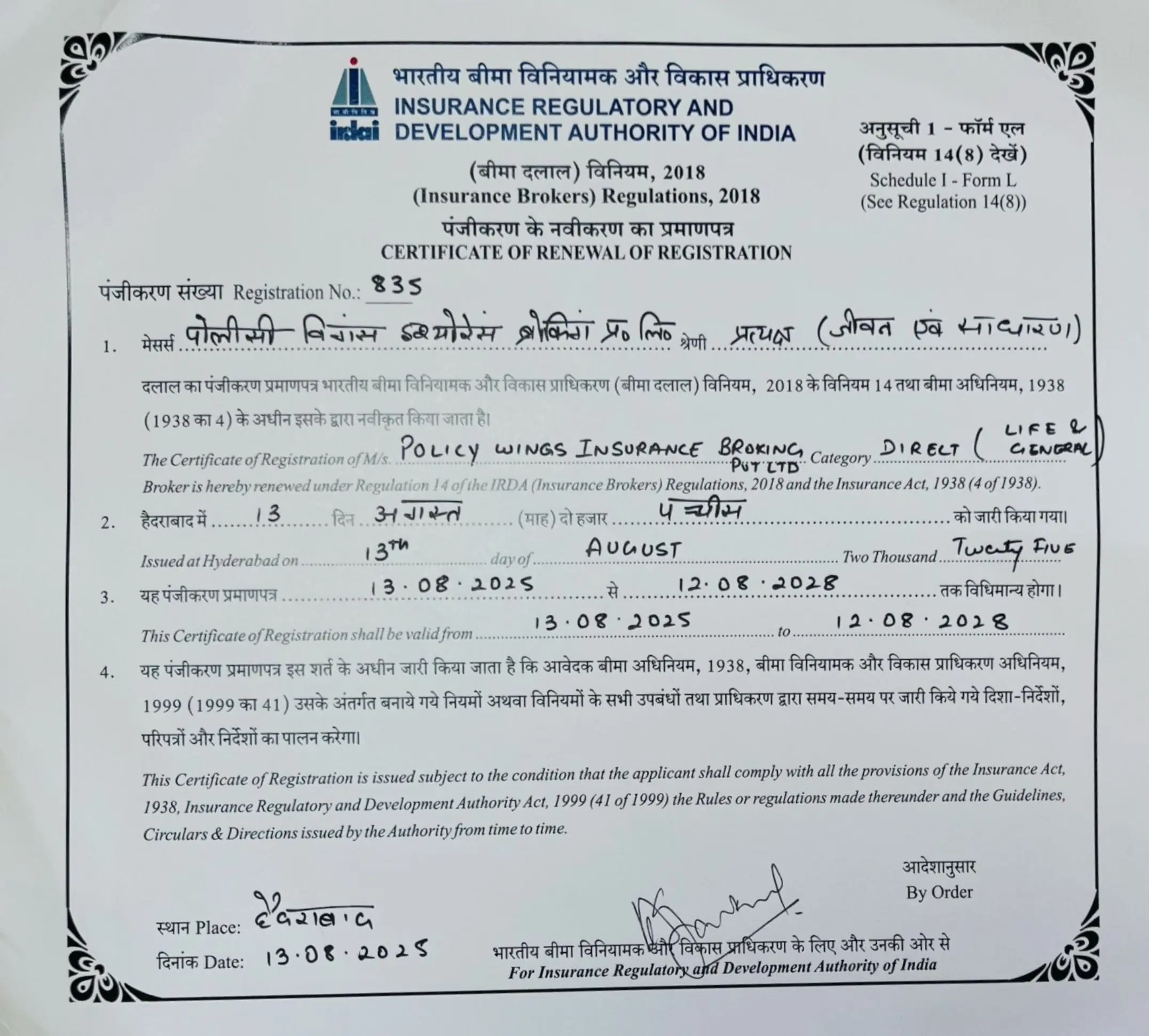The process of insurance claims being settled in India plays an important role in forming the overall financial and functional plannings of businesses. Companies that propose group health insurance or cover their employees under corporate insurance programs mostly have to face the difficult question of choosing between cashless and reimbursement claims. Both procedures of cashless claims and reimbursement insurance have different advantages and shortcomings, that can make an influence on how employees take their health benefits and how proficiently businesses regulate healthcare expenses.
Learning the distinction between both the systems is important for employers, HR professionals and decision makers which manage employee welfare policies. As both eventually help the purpose of covering medical expenses, their processes, timelines and business suggestions vary notably.
Learning about Cashless Claims
A cashless claim permits an insured individual to obtain treatment at a hospital without making beforehand payments. This benefit is allowed only in hospitals that are part of the insurance company’s grid. When an employee is admitted, the insurer and the hospital reconcile directly and the bills can be cleared without needing the patient or their family to arrange deposits. Additionally the insured person only has to pay for non covered expenses like personal consumables or any exclusions under the policy.
For businesses cashless claim insurance portrays an easy way of making sure that employees are not weighed financially through medical emergencies. The arrangement also constructs goodwill among employees as they get the company’s insurance offering as more precious and encouraging.
Learning about Reimbursement Insurance
In comparison, reimbursement insurance functions on a different structure. The insured person initially pays for the medical expenses from their own pocket, no matter whether the hospital is in the insurer’s grid or not. When the treatment is done, the insured person files a claim with the insurer through providing hospital bills, prescriptions, discharge summaries and other supporting documents. Then the insurer processes the claim and reimburses the amount which was subdued to policy terms and conditions.
This structure provides employees freedom to choose hospitals but it comes with the immediate financial load of arranging huge amounts, especially for critical care or high cost surgeries. From a business perspective this structure is less easy in contrast to cashless claims but it gives ease in choosing the hospital.
Advantages of Cashless Claims for Businesses
The major advantage of cashless claims insurance is the riddance of financial stress during emergencies. Employees not required to arrange huge sums for hospitals can feel secure about their health coverage. This type of protection participates positively to employee happiness and support.
Cashless claims also are efficient processes for businesses. HR departments or insurance coordinators in a company find it simpler to assist employees with direct settlements rather than guiding them through complicated reimbursement and paperwork. Additionally in the case of big businesses, handling bulk claims by cashless facilities decreases administrative complications.
One more important advantage is transparency. As the insurer and hospital directly interconnect there is slighter chances for fraudulent claims or blown up billing practices by employees. Businesses indirectly benefit from this control as it makes sure that group health insurance premiums remain steady over time.
Disadvantages of Cashless Claims for Businesses
Despite the advantages the cashless claims come with certain shortcomings. The underlined limitation is network dependency. If an employee seeks treatment at a hospital outside the insurer’s grid then the cashless facility will not be obtainable and the employee will have to fall back on to reimbursement. This sometimes makes dissatisfaction if employees take the grid coverage as deficient.
Additionally, insurers may decline cashless approvals for some procedures or expenses they contemplate outside the scope of the policy. This mostly leads to disputes between employees and HR departments keeping businesses in a mediating role.
Furthermore, the concern is the possibility for delays in claim approvals. The cashless system is designed to be easy but in practice, hospitals and insurers may take a lot of time even a few days to verify approvals especially in planned procedures. Businesses need to supervise employee expectations relating to these delays.
Advantages of Reimbursement Insurance for Businesses
Reimbursement insurance is less popular among employees as it has more advantages for businesses. The main advantage is flexibility in hospital choice. Employees can have treatment in any hospital of their choice whether or not it is part of the insurer’s grid. This characteristic is especially valuable in tier-II and tier-III cities where the insurer grid may be limited.
From a claims management perspective the reimbursement insurance gives businesses more time to examine and verify claims. As employees submit documentation after treatment then the HR and insurance teams can better evaluate the validity of expenses. This can be a help to reduce disagreements with insurers later.
Furthermore, the reimbursement claims certainly work as a backup system for businesses. In cases where cashless claims are denied or not achievable, reimbursement makes sure that employees are still secured financially in addition with a delay.
Disadvantages of Reimbursement Insurance for Businesses
The main disadvantage of reimbursement insurance is the financial load on employees. In emergency situations expecting employees to arrange big funds upfront can cause distress, affecting morale and productivity. This mostly interprets into dissatisfaction with the employer even though the insurer eventually reimburses the expenses.
From a business point of view reimbursement claims need more management participation. HR teams have to accommodate employees in assembling documents, tracing claims and solving disagreements with insurers. This raises workload and can result in damage if claims are held up or partially settled.
One more shortcoming is the time gap between the treatment and reimbursement even if the insurer approves the claim the process can take a lot of time like even weeks. For employees this delay can create cash flow complexities, which indirectly affects workplace satisfaction. For businesses this can mean extra grievances and reputational concerns.
Right Balance: Conclusion
For Indian businesses the flawless route mostly lies in an amalgamation of both systems. Employers can inspire employees to use cashless facilities wherever possible to make sure the reimbursement options stay available for cases where grid hospitals are not attainable.
Many companies also work closely with insurers to expand hospital networks in cities where they have significant employee presence. This reduces the chances of employees being forced into reimbursement claims. At the same time, businesses can invest in educating employees about policy coverage, exclusions, and claim processes, which minimizes disputes and confusion.






